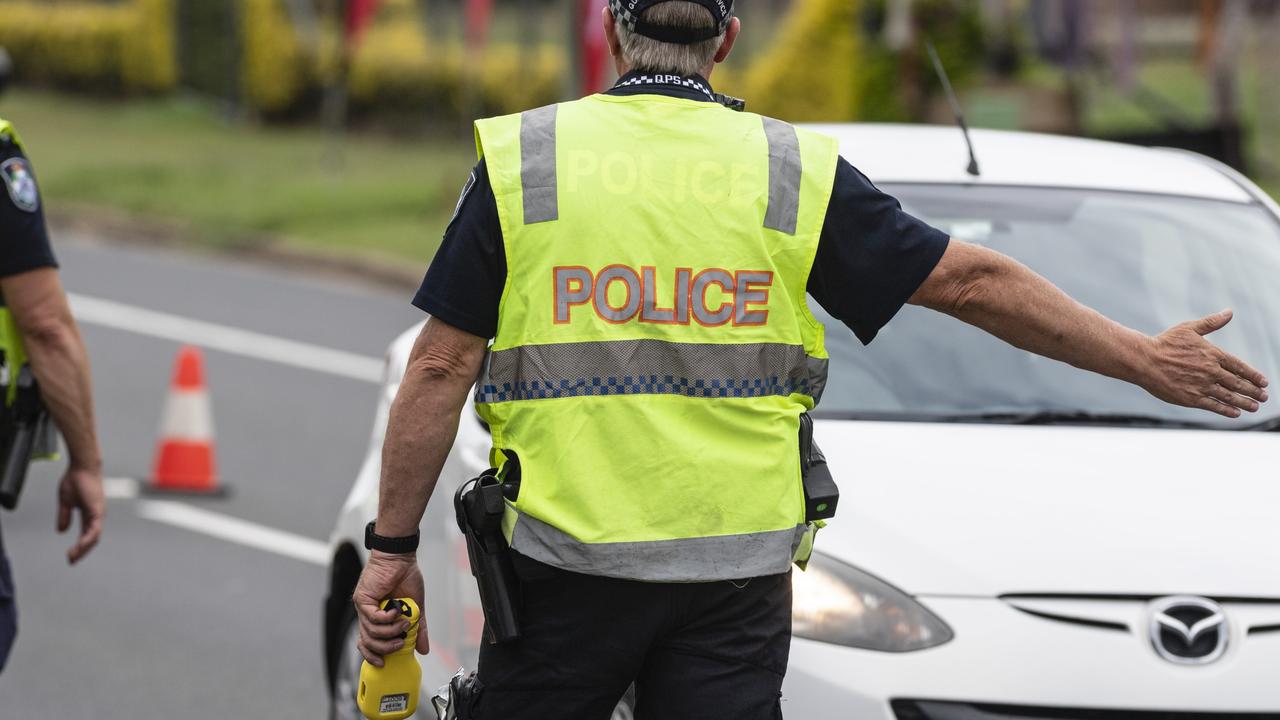Royal Life Saving National Drowning Report says spike in drowning deaths may continue for years
A spike in drowning deaths recorded in Queensland may continue for years, with experts warning Covid has closed swim schools, changed routines and forced people to recreate in unfamiliar waterways.

Coronavirus
Don't miss out on the headlines from Coronavirus. Followed categories will be added to My News.
A spike in drowning deaths recorded in Queensland may continue for years, with experts warning Covid has closed swim schools, changed routines and forced people to recreate in unfamiliar waterways.
The annual Royal Life Saving National Drowning Report reveals there was a 20 per cent increase in drowning deaths across Australia in 2021, with a 6 per cent increase in Queensland.
In the last financial year, 66 Queenslanders died, with the majority of them men (77 per cent) and 32 per cent of fatalities happening at the beach. Across the nation 296 people drowned.
The organisation’s chief executive Justin Scarr said “tragically” 25 children across Australia drowned. This is a 108 per cent increase on the previous year and a 9 per cent hike compared with the 10-year average.
“The increase in drowning among children under five years is devastating. Young children are at high risk of drowning, particularly as they become more mobile and curious about their surroundings,” said Mr Scarr.
“Prolonged periods of stay-at-home directives while working and schooling from home is challenging for parents and carers, increasing the likelihood of distractions around the home environment and lapses in child supervision.
“Keep Watch encourages parents to follow four simple actions to prevent child drowning; supervise, restrict, teach and respond.

Mr Scarr said the ongoing fear and uncertainty of the Covid pandemic had left a mark on families, workplaces, and communities, with lockdowns and restrictions changing routines and
impacting lifestyles.
“These changes will contribute to drowning risk over the coming months and potentially, years. Swim school closures and falling learn to swim enrolments may have generational impacts on swimming and lifesaving skills.
“Restrictions are forcing more Australians to recreate in unfamiliar waterways, often without lifeguard services.”
Dr Scarr said people aged 25 to 34 years accounted for 17 per cent of the total number of deaths in Australia, with rivers remaining the leading location for drowning, increasing by 3 per cent compared to the 10-year average.
Queensland also recorded the second highest number of migrant adult deaths after NSW, accounting for 20 per cent of these. Reducing drowning in multicultural communities is a priority area for RSL in its Australian Water Safety Strategy 2030.
Recent research found that between July 1 2009 and June 30 2019, there were 572 migrant deaths, accounting for 29% of total drowning deaths in Australia during this period.
The majority 83 per cent were male aged 25-34, with 41 per cent of those having lived in Australia for 20 years or more.
Mr Scarr said work was also being done to reduce inequities among adult female migrants at higher risk for drowning in Australia.


